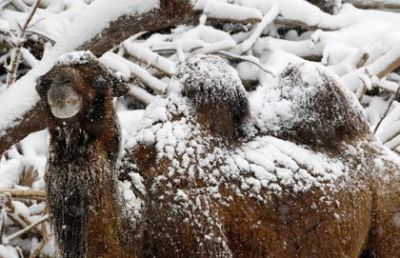Canadian researchers led by Dr Natalia Rybczynski, dug out a fossil of a camel from Ellesmere Island, which is in the extreme north of Canada, close to the Arctic Ocean. They believe the ancient camels lived along with the polar bear, walrus, and musk ox. Moreover, the discovery has led researchers to believe that camels used their humps to store fat deposits, rather than water, as it was previously believed.
The paleontologists crossed the known range in North America by 750 miles, which is where they discovered the bone of a 3.5 million-year-old camel. The findings suggested that probably camels, in ancient times, were adapted to living a life in the Arctic forest environment. Researchers were not initially sure about this, so they had to take the help of the Canadian Museum of Nature and Dr Mike Buckley from the Manchester University of Biotechnology.
Dr Buckley used ‘collagen fingerprinting’ for the first time to establish evidence that gigantic camels existed. He used the collagen from the bone found to make a profile and compared it with the 37 modern mammals species, along with the fossils from the Yukon camels. He found striking similarities between the profile of the Arctic camel to the ice-age Yukon one.
When the profiles were tallied, it was found that the bones found were that of a gigantic camel, as it was 30 percent bigger than the modern living camels.








